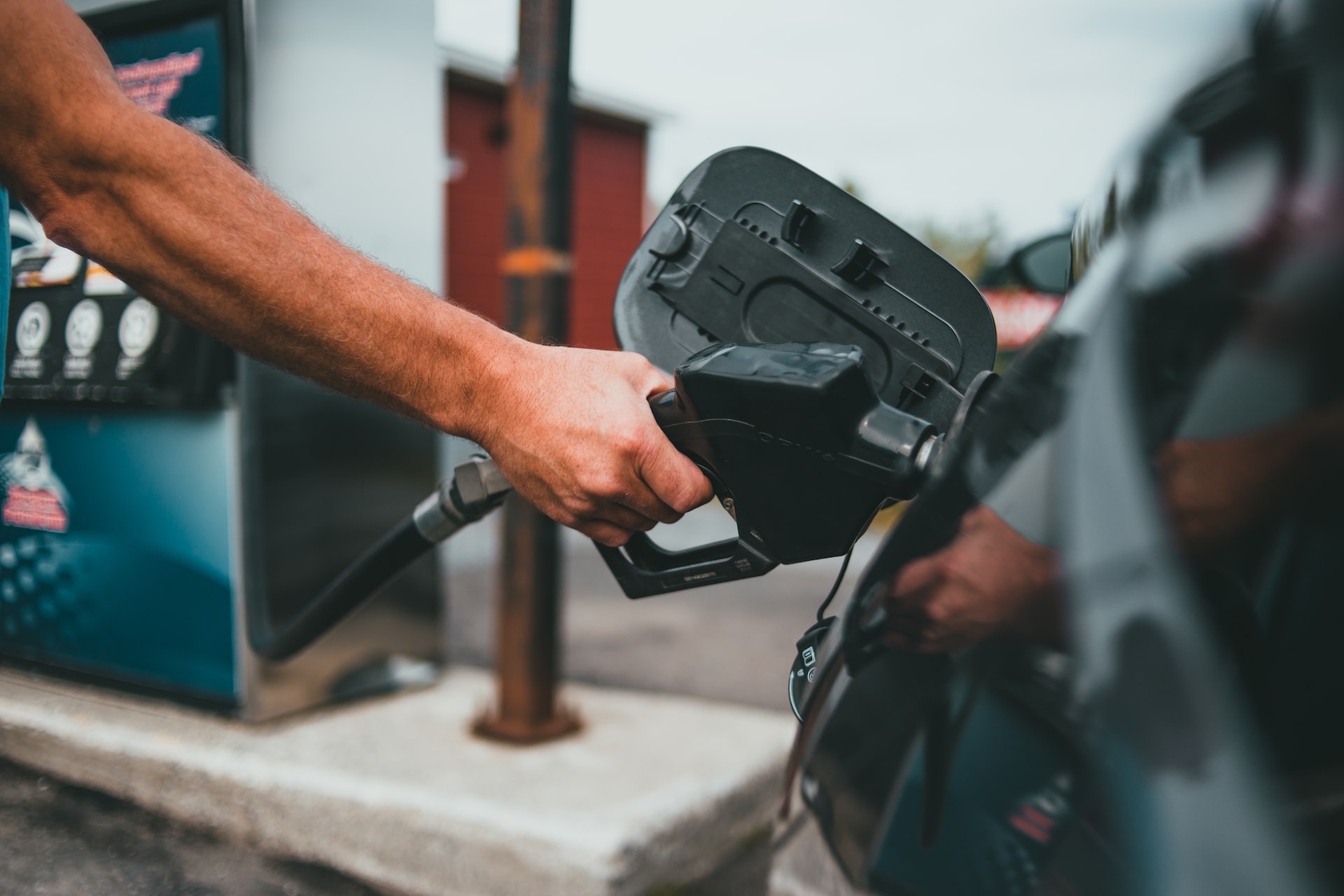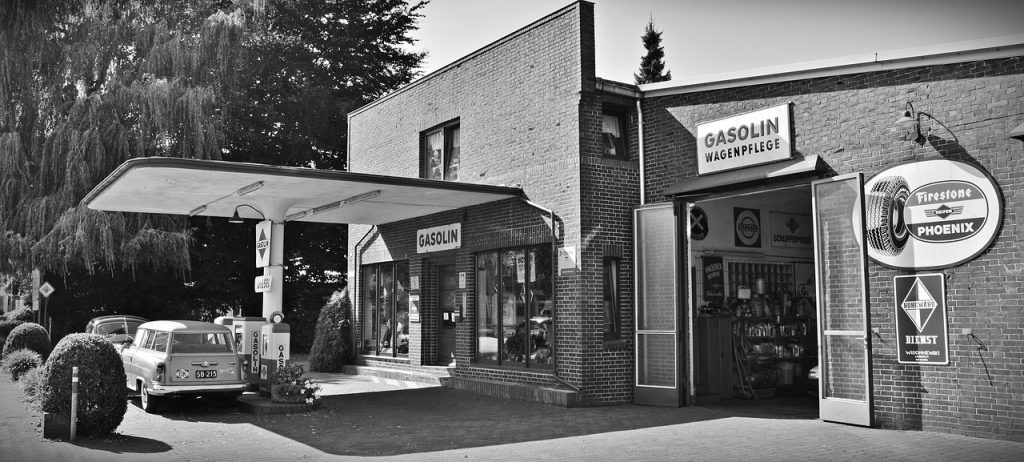Despite not being sure, do you believe your fuel may have been contaminated? This article will discuss some of the major signs of contaminated fuel and why it’s crucial to maintain a regular maintenance schedule.
Even if you inspect your tanks once a year, things can change without warning. To keep your fleet running smoothly and save money, you need to know what warning signs to look for and when to take extra precautions.
What Are the Most Common Signs of Fuel Contamination?
To diagnose fuel contamination, we start with the car, then go on to the gasoline tank, and last to the fuel itself, detailing the potential dangers at each stage.
The sooner you recognise symptoms and respond, the better, prior to expensive tank damage or vehicle damage. It’s also essential to perform routine preventative maintenance, such as fuel and tank checks.
1. Mechanical Difficulties or Faulty Equipment
One of the first indicators of contaminated gasoline systems may be engine issues, especially if you don’t check the tank or fuel as part of routine maintenance checks.
Do your automobiles or engines seem to have developed an issue out of the blue? Interruption in the power supply or diminished efficiency? Symptoms of contamination include fluctuating speeds, a loss of acceleration, and sputtering.
Filter clogging is another early warning indicator that should prompt you to schedule more frequent car maintenance. In the event that you observe any of these symptoms, it is essential that you have your gasoline tested and that you inspect your fuel tank and fuel system for other forms of damage.
2. Fuel Tank Corrosion
Check the tank and the fuel right away if you have any reason to think there might be a problem. Sudden wear and tear on the gasoline tank itself is one of the most visible indicators of fuel contamination.
Toxic corrosion of the tank itself occurs when diesel bugs and contaminants reach a critical level in the gasoline. Furthermore, if you can clearly see this, the contamination is really severe.
3. Fuel Appearance
Checking for diesel bugs and other contaminants can be done on your gasoline. Diesel contamination symptoms include water pollution and diesel bug growth, both of which can be checked for by the individual.
The fuel in your vehicle should always be bright and clear. If the fuel has a hazy appearance, it may have been diluted with water. That needs to be fixed right away before it can foster the growth of bacteria and insects.
That needs to be fixed right away before it can foster the growth of bacteria and insects.
It is not uncommon for a layer of sludge to develop at the base of a tank where bugs have been living. As a result, if you want to check for symptoms in your fuel, you also need to collect some from the bottom of the tank.
Check for discolouration and other signs of sludge. Having a dark hue suggests the presence of solid particles like asphaltenes, which can clog filters and reduce the efficiency of your car’s engines.
If I Recognise Any of These Symptoms, What Should I Do?
Several options exist for dealing with fuel contamination, all of which depend on its severity. Some of these answers are shockingly simple and cheap to implement, so don’t worry about that.
The sooner you respond after noticing the symptoms, the less damage will be done and the less it will cost to fix and clean up tainted fuel.
a) Have Your Diesel Tank Cleaned
Some contaminations may necessitate cleaning your tank as well. It is common practice to empty the tank entirely and put the contents somewhere safe while cleaning is being done.
All of the sludge, residue, and pollutants in your tank’s piping and filters will be thoroughly cleaned. Finally, your fuel will be transferred back to your clean tank.
This may sound like a lot of effort, but if you hire experts who clean tanks on a regular basis, you can rest assured that the task will be done quickly, thoroughly, and with no inconvenience to your business.
b) Repairing or Replacing the Storage Vessel
Fuel tank erosion caused by tainted fuel is primarily an environmental issue since there is a chance that the tank is no longer strong enough to keep the fuel inside.
It would be a major environmental problem if fuel were to leak out and poison the surrounding lands, necessitating a massive clean-up effort. In short, corrosion in a tank is an urgent situation that requires prompt attention.
Conclusion
Overall, if you notice any of the clear signs of contaminated fuel, it’s important to take action immediately. Draining the tank and lines and flushing the system with fresh fuel is the best way to clean it out. However, if the contamination is severe, you may need to replace some of the parts in your fuel system.
Ask the help of a professional wrong fuel rescue service, and your contaminated fuel problem will be resolved in no time.
If you are looking for specialists that do contaminated fuel cleanups in the UK, look no further than our expertise here at Fuel Fixer. We are the leading wrong fuel specialists when it comes to erroneous gas fill-ups and contaminated fuels. Call us today and make yourself safe. Your car will be fixed while you wait.

